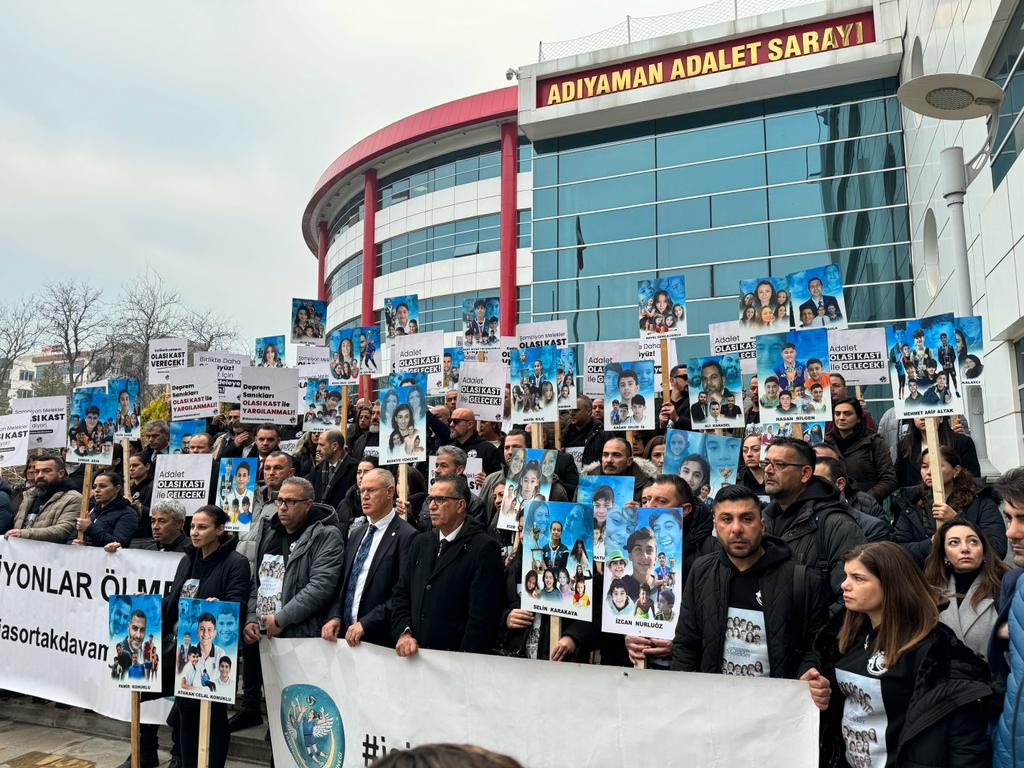
The trial of 11 suspects held responsible for the deaths of 24 Turkish Cypriot children and 11 of their teachers and coaches when a hotel they were staying in collapsed entered its third day on Friday.
On Thursday, the court heard statements by the families of those killed, all of whom expressed their outrage at the earlier statements made by the defendants.
The first phase of the trial will be completed following today’s hearing.
It was a difficult day for the families of the victims, all of whom spewed anger at the defendants, accusing them of lying in their testimonies made on Wednesday.
Every family member and witness demanded the court during their testimonies during the emotionally charged hearing to give the defendants the harshest possible sentence.
Interior Minister Dursun Oğuz and National Education Minister Nazım Çavuşoğlu who had been present at the site of the hotel during recovery efforts also testified before the court.
Thursday’s hearing ended around 10:30 pm local time.
The first phase of the trial is expected to end with today’s testimonies.

The Isias Hotel in the Turkish city of Adiyaman collapsed on February 6 last year during the earthquakes which hit the region.
A total of 11 people stand accused of “causing death by conscious negligence” at Adiyaman’s third High criminal court, and, if found guilty, could face a maximum of 22 and a half years in prison.
The owner of the collapsed Grand Isias Hotel, Ahmet Bozkurt, denies all allegations regarding the building’s quality.
During his testimony at the Adiyaman Courthouse, Bozkurt claimed to have obtained municipal permission for the commercial residence in 1992, adhering to regulations for the earthquake-prone region.
He rejected accusations of illegal construction and attributed the hotel’s collapse to the seismic intensity, citing a Japanese scientist’s assessment of a magnitude 10 earthquake.
Contrary to Bozkurt’s assertions, a structural report highlighted the use of inappropriate materials and the removal of key support pillars during construction.
The report also indicated that the foundations were designed for a four-storey building, while the hotel had ten storeys.